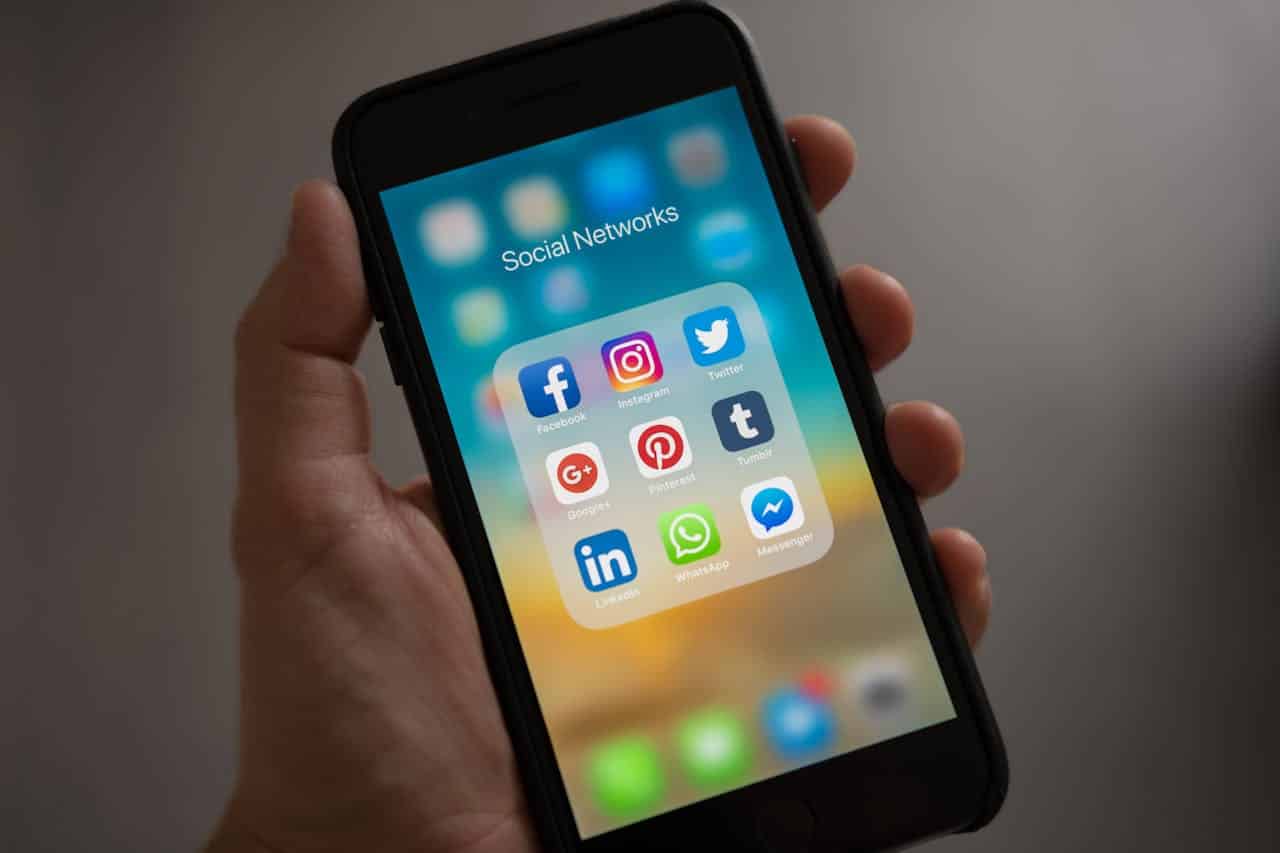In today’s increasingly digital world, B2B companies are discovering new ways to reach customers and improve their marketing strategies. Among the techniques gaining more and more relevance, social selling stands out as a powerful tool, especially for B2B telemarketing. But what exactly does social selling mean, and how can it effectively integrate into a telemarketing strategy?
What Is Social Selling?
Social selling involves using social media platforms like LinkedIn, Facebook, and Instagram to connect with potential customers, build trust, and ultimately guide them through the buying process.
It’s not just about posting promotional content or sending out sales messages but adopting a more strategic and relational approach aimed at creating valuable conversations and solving customers’ problems.
At its core, social selling is about building authentic relationships with prospects by providing useful content and establishing your reputation as an industry expert.
In the B2B telemarketing context, where cold calling is a well-established practice, social selling offers a warmer, more engaging alternative that can facilitate the entire sales process.
Benefits of Social Selling in B2B Telemarketing
In B2B telemarketing, the goal of an outbound campaign isn’t just to close a single sale but to create long-term relationships with customers.
Social selling allows you to maintain ongoing interaction with prospects even after a call, strengthening the bond and paving the way for future sales opportunities. Here are some practical advantages:
-
Better understanding of the customer: Social media provides a wealth of information about potential clients. Platforms like LinkedIn allow you to gather valuable data on who the decision makers in a company are, what their interests are, and the challenges they face. This means that before even making a call, a B2B telemarketer can have a clear view of the customer, personalizing their approach and increasing its effectiveness.
-
Building long-term relationships: One of the main differences between traditional telemarketing and social selling is that the latter doesn’t just focus on the immediate transaction. Instead, it aims to build long-lasting relationships with customers. The added value for B2B telemarketing is the ability to create trust before a call, through online interaction, sharing useful content, and direct engagement. This leads to more productive phone conversations and a greater willingness to listen on the customer’s part.
-
Increasing trust: In B2B, the decision-making process is often longer and more complex than in B2C. Potential customers need to feel confident in the value a solution will bring to their company. Social selling, through sharing relevant content and participating in industry discussions, helps position the company as an authority in its field. By the time a telemarketing call occurs, the potential client is already familiar with the brand and trusts its expertise, making the sale easier.
-
More effective calls: One of the critical points of telemarketing is capturing the attention of the interlocutor within the first few minutes of conversation. Social selling can mitigate this issue. If the potential client has already interacted with the company on social media or seen shared content, they are more likely to recognize the brand’s or telemarketer’s name. This creates a more favorable environment and increases the likelihood of a constructive conversation.
Effective Integration of Social Selling and Telemarketing
To get the most out of the integration between social selling and B2B telemarketing, it’s essential that the two strategies work in synergy. Here are some practical tips:
-
Preparation and research: Before each call, the call center operator should leverage the information available on social media to prepare. LinkedIn, for example, can provide details about the contact’s professional background, projects, and needs. A good agent won’t just stick to a script but will tailor the conversation based on what they’ve learned.
-
Ongoing engagement: Social selling doesn’t end with simply connecting or liking a post. It’s necessary to continue interacting with potential customers over time. Responding to comments, sharing interesting articles, and participating in relevant discussions are just a few ways to keep interest alive before a call. When the telemarketer contacts the customer, they’ll already be familiar with the brand and more open to having a conversation.
-
Sharing valuable content: Call center teams can collaborate with the marketing department to share relevant content on social media. White papers, case studies, and industry articles are resources that can help educate the customer before the call. A potential client who has read an interesting case study is more likely to discuss personalized solutions during a phone conversation.
-
Using social metrics to identify qualified leads: Social media offers a wide range of analytical tools to track potential customers’ engagement. Interactions, such as clicks on content or post views, can indicate genuine interest in the company and its products or services. Telemarketers can use this data to prioritize the most engaged contacts and optimize their time.
How to Measure the Success of Integration
In an increasingly competitive B2B context, integrating social selling with telemarketing can be a real advantage. This combination not only improves the quality of conversations but also helps build stronger relationships with clients, leading to increased sales.
One aspect not to overlook about social selling is its measurability. There are several KPI (Key Performance Indicators) that can be monitored to assess the strategy’s effectiveness:
- Number of interactions: Tracking how many potential clients interacted with posts or social connections can give an idea of the interest level before a phone call.
- Call conversion rate: With the integration of social selling, it’s useful to measure whether calls made to clients already exposed to social content are more effective than cold calls.
- Sales cycle time: Social selling can shorten the sales cycle, as potential clients come into calls already informed and confident. Monitoring how long it takes to close a sale after social interaction is a key indicator of success.
The Role of LinkedIn in B2B Social Selling
LinkedIn is a crucial tool for social selling, especially in the B2B context. The platform is designed to connect professionals and companies, providing an ideal space to build valuable relationships.
Through LinkedIn, sellers can identify the decision makers within target companies, interact with them organically and consistently, and share valuable content that reinforces their reputation as industry experts.
Moreover, LinkedIn’s advanced search features and discussion groups make it a strategic environment for generating qualified leads and building trust before initiating a sales conversation.

